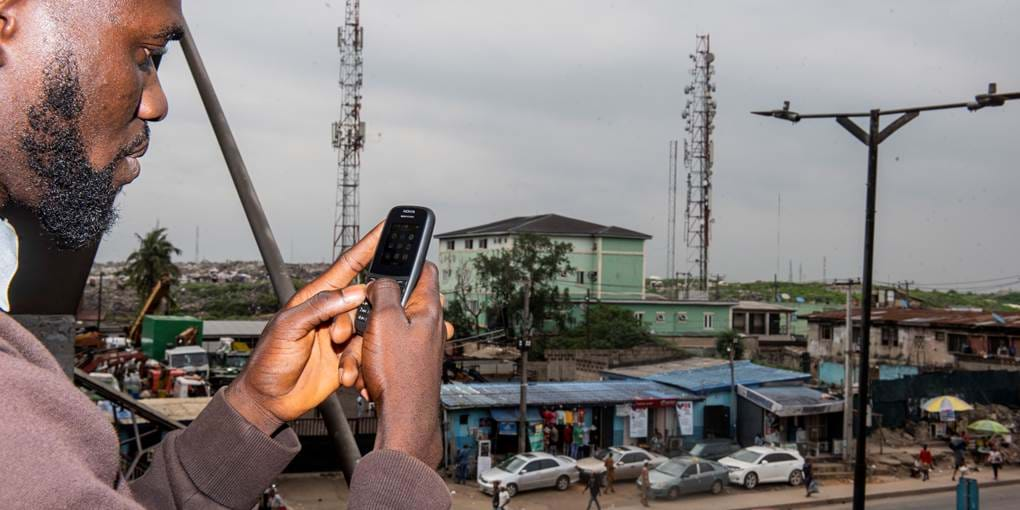Mobility data to support interventions in sectors such as health or disaster management
To provide decision makers with precise and accurate estimates of population changes and movements, and thereby support interventions in sectors such as health and disaster management, we have developed state-of-the-art methods for estimating population distribution and human mobility using mobile phone usage data, and specifically Call Detail Records (CDRs), survey/census and geospatial data. CDRs are a dataset automatically generated by operators for billing purposes, regardless of phone types, and which represent an attractive data source for estimating internal migration and displacement in low- and middle-income countries, where data on human mobility are scarce.
At Flowminder, we provide privacy-conscious data and analyses on where people are, how they move, and where they commute or migrate to. Using CDR data in combination with survey data and geospatial data, we provide governments and other decision makers with timely population distribution, density, and mobility information at local, regional or national levels.
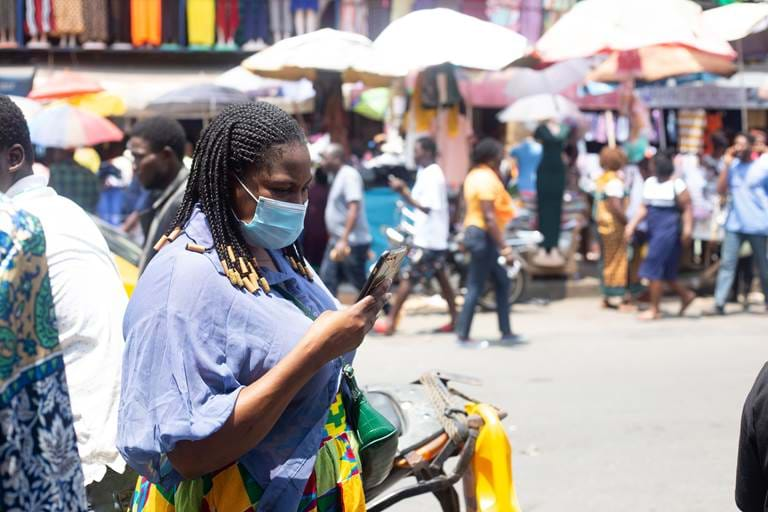
- Resource | What are Call Detail Records (CDR data)?
-
To analyse human mobility patterns, and estimate population changes based on mobility, in low- and middle-income countries, we primarily rely on Call Detail Records, also known as CDR data.
CDRs are owned and automatically generated by mobile network operators for billing purposes. They are produced each time a subscriber uses their phone for a billable event. It includes making or receiving a call or an SMS, or using mobile data. Every time a call, text, and mobile data is made, it automatically creates a record in the operator’s database, specifying the location of the cell tower used to enable that mobile phone event. This record includes an anonymous subscriber ID, a timestamp, and the ID of the cell tower routing the event. These cell tower locations are what we use to estimate population movements.
From a CDR dataset, we can tell the approximate whereabouts of (anonymised) subscribers, based on the location of the cell tower, associated with the time of the event that is included in the dataset. A CDR dataset therefore contains billions of data points from millions of users, covering large geographic areas over time.
To find out more about what CDR data are, visit FlowGeek, our online knowledge centre on CDR data analytics:
Improving countries’ understanding of human mobility, migration and distribution, both in routine and during crises.
Using CDR data, we can measure the mobility of populations in near-real time, whether they are short term (e.g. daily trips) or longer term (e.g. changes in residence) as well as identify, quantify and locate, over time, populations of interest (e.g. detecting unprecedented movements and displaced populations due to a crisis or natural disaster).
We perform analysis and provide insights to decision makers, applicable to a wide range of contexts, such as for disaster management, epidemiology and public health, urban planning, service access assessment and migration.
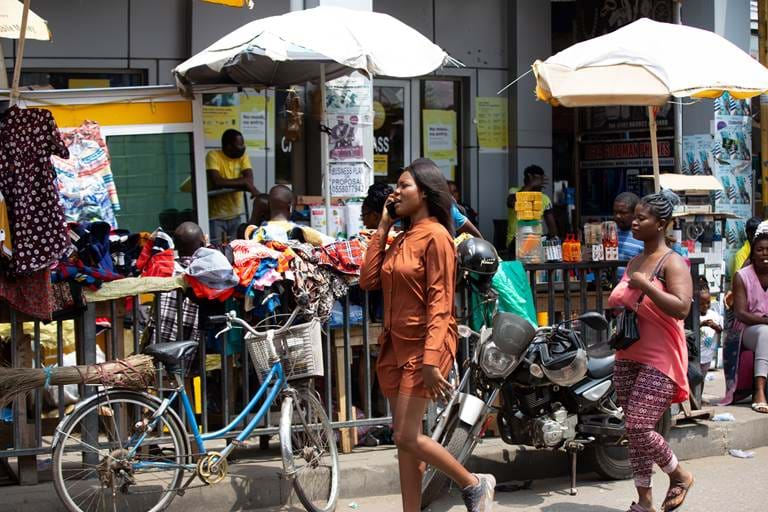
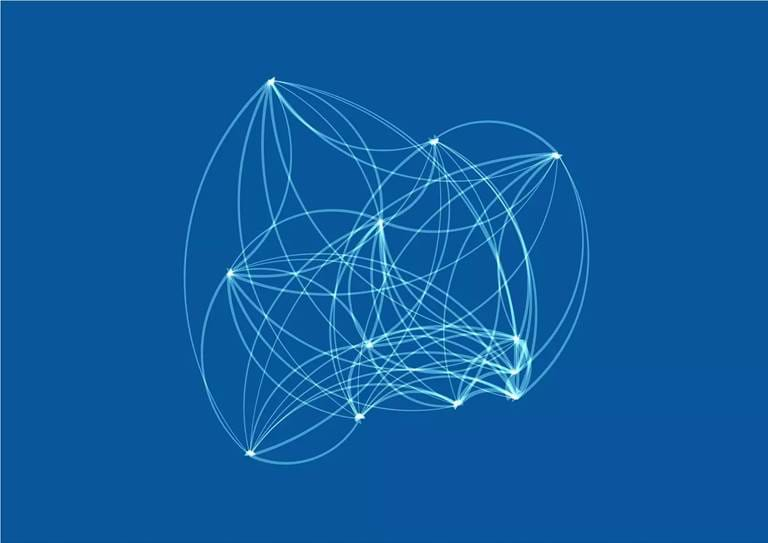
CDR data analytics can help governments and decision makers answer a wide range of questions on their populations including:
- What are the patterns of movement in my area of interest? How do these change in crisis?
- How many people are moving at any particular point in time? And after a disaster? Where are people in need / displaced located?
- How many people have permanently moved in/out and where ? Where does the population increase, decrease or fluctuate?
- Where are the high concentrations of people meeting/moving?
- Are people moving more within or between regions?
- Which areas are highly connected?
- Mobility restrictions (e.g. COVID-19 or Ebola lockdowns): Have people stopped moving?
- Where are people located over time? And in particular months, days of the week or hour of the day?
To discuss how we can support your team with answering these questions, get in touch:
Identifying short-term and long-term population changes
Our R&D team has been advancing research over the years to generate a wide range of analytical methods to assess population displacement or changes over time, identify large population movements or anomalies, or monitor mobile populations, through the production short-term indicators (such as changes in daily/weekly presence or movements) or longer-terms indicators related to number of residents or their relocations. These methods can be applied to analyse routine mobility or its changes during and after a disaster.
Our analyses can take the form of graphs, maps, statistics, reports or dashboards which can be used by governments, humanitarian and development practitioners or other scientists for evidence-based decision-making.
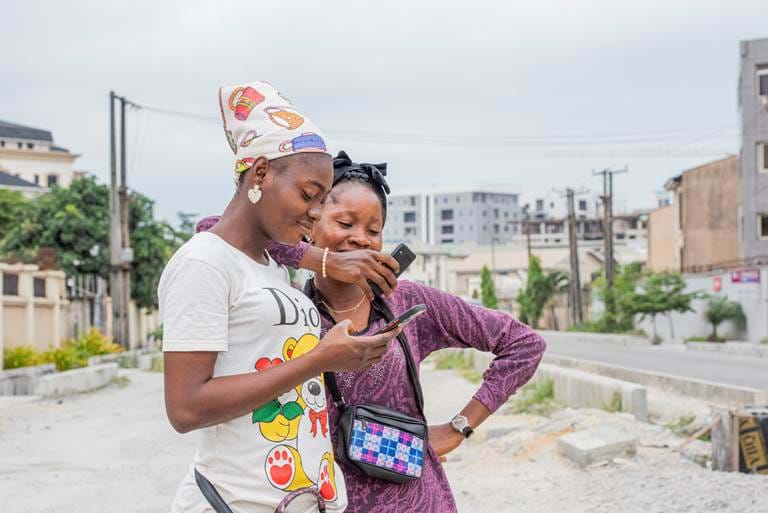
Combining survey data with CDRs, we have developed an innovative method to produce robust, representative and high-frequency estimates of population and internal migration.
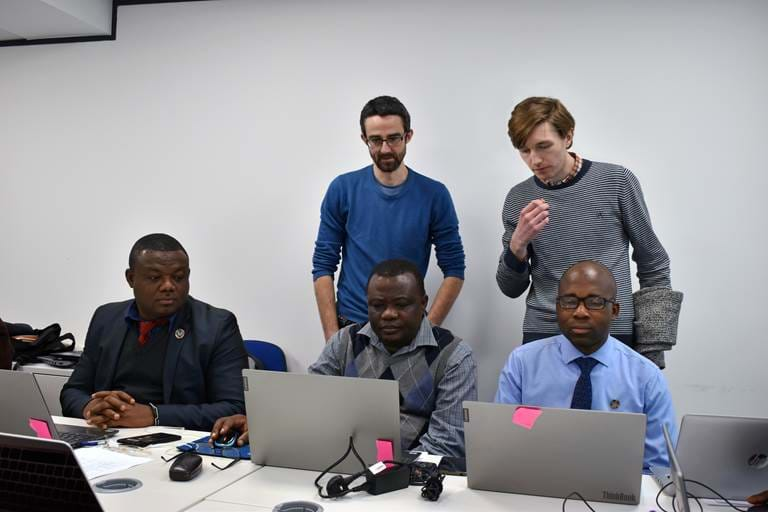
Enabling others to produce replicable analysis to integrate CDR analytics into existing processes
To support the integration of CDR data into existing processes, or as part of our capacity strengthening activities, we also provide users and partners with a set of analytical development products (for example, in the form of Jupyter notebooks, with all the code written in the Python language), so that analysts or statisticians, with limited or new CDR analytics experience, can independently produce replicable standard or routine mobility analyses using Flowminder's code and recommended indicators.
We also created FlowGeek to leverage the value of CDR data and help strengthen the community of CDR data experts, enthusiasts and learners on the processing and analysis of such data.
Discover some examples of projects and applications where our services are combined to provide impact tailored to the needs of the end users...
Applications & Case Studies
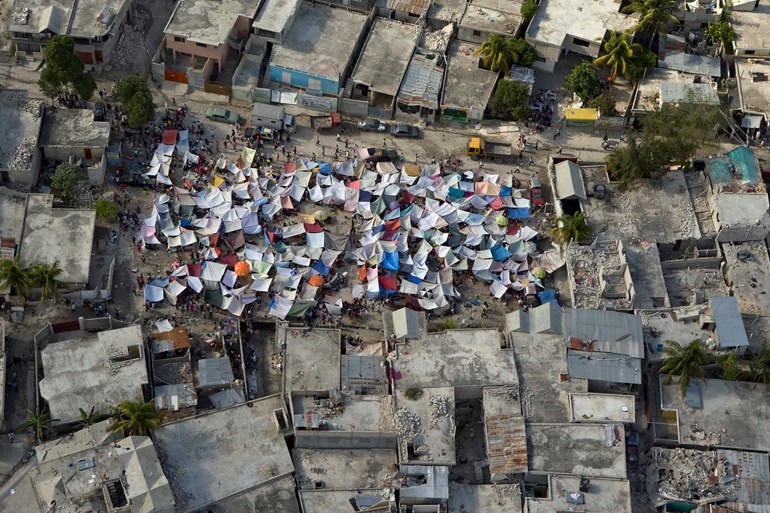
Disaster Management
Read how we use de-identified data from mobile operators to predict and monitor population displacements post-disasters.
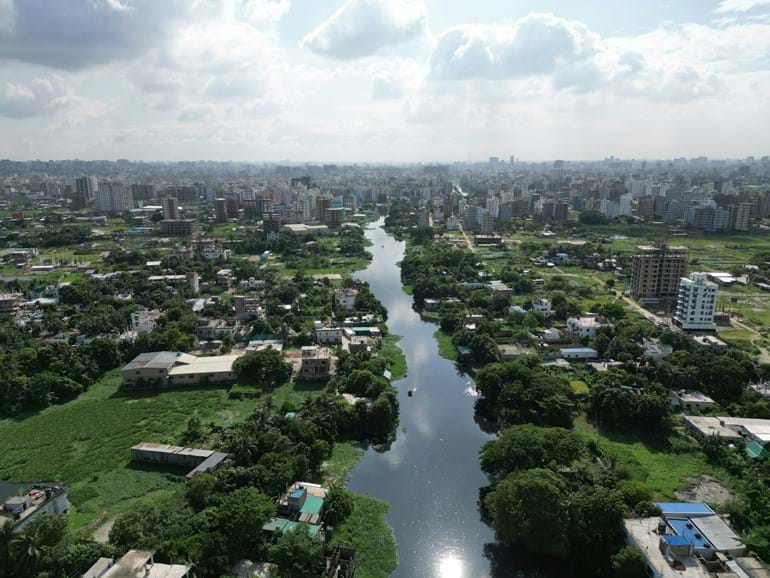
Climate Action
Discover how we can harness population and mobility insights to guide smarter investments in climate adaptation, mitigation and resilience.
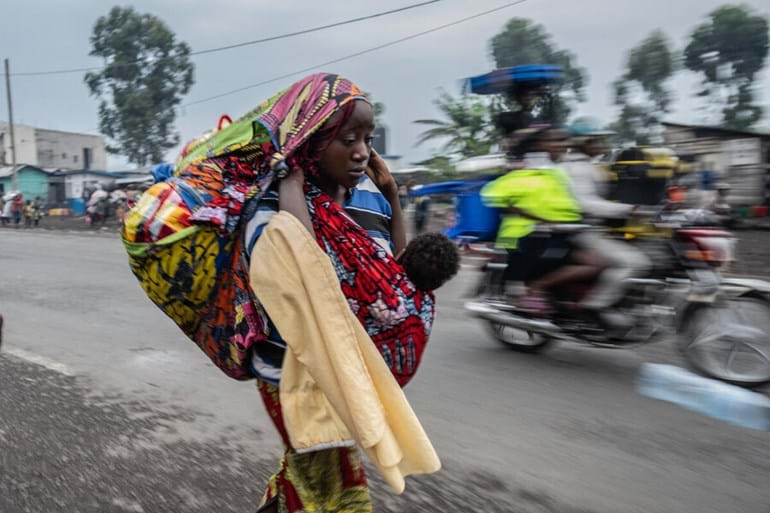
Poverty and Emergency Cash Assistance
Discover how we are using mobile operator data to understand and tackle poverty, including supporting cash relief programmes.
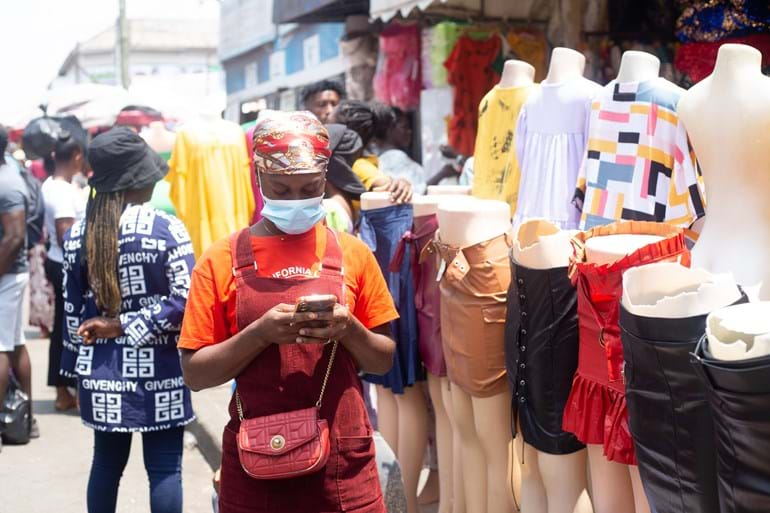
Public Health
Read how we integrate data from mobile operators, satellite imagery and household surveys to predict and monitor mobility behaviours to support outbreak responses.
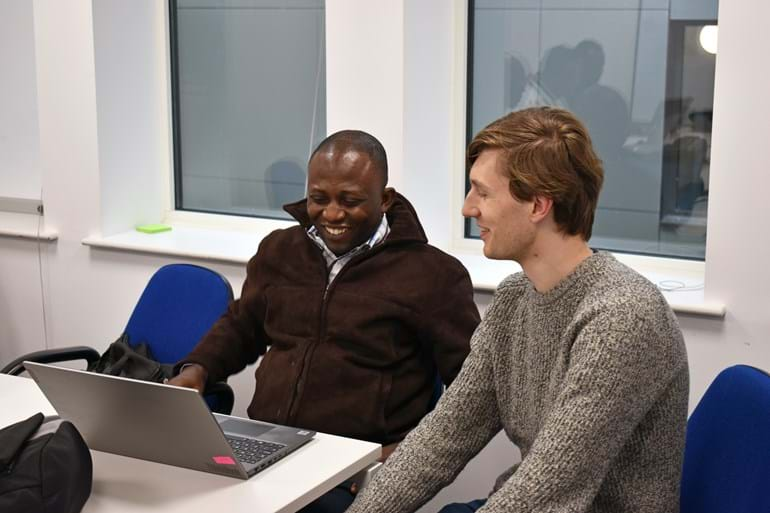
Mobile data for official statistics
Read how we're working with Vodafone Ghana and Ghana Statistical Service to integrate mobile operator data into official statistics.
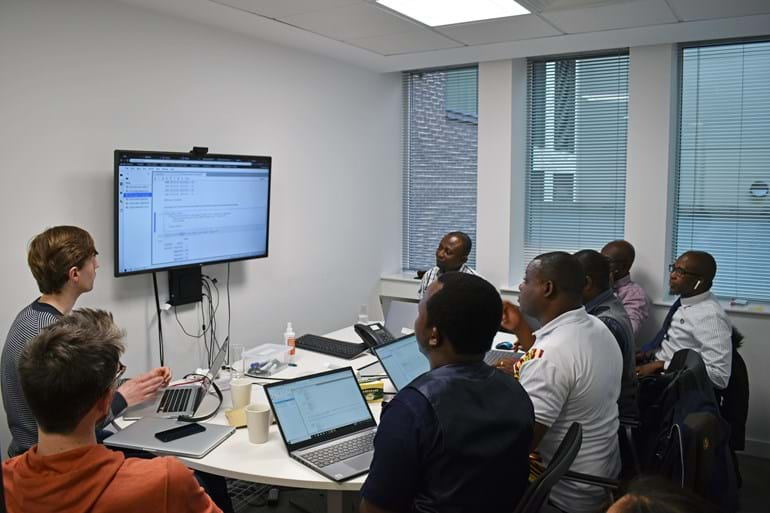
Data privacy
Discover some examples of projects and work we've conducted over the years, related to data privacy.
Creating positive impact requires much more than the production of mobility data.
Analytics outputs from mobile operator data often need to be adjusted for specific sectors in new settings. For many applications, CDR data need to be combined with other data sources, such as information on events resulting in displacements, or estimates of the prevalence of an infectious disease. Additionally, to create real impact and ensure that data outputs are relevant to the needs of the end users, projects require integration of perspectives from a range of stakeholders.
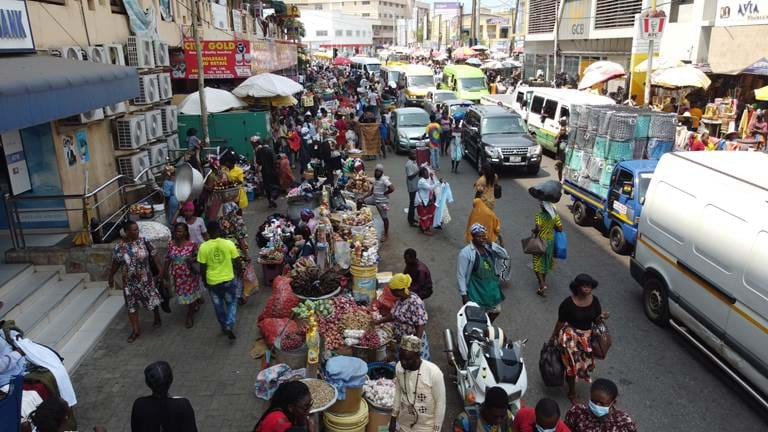
Flowminder works closely with decision makers, academics and local stakeholders to design and implement suitable solutions.
We have a broad range of competences in-house, including public health experts, data scientists, software developers, GIS experts, data engineers, trainers, communication experts and experienced project managers to ensure that our projects deliver to the needs of end users, on time and on budget.
A flexible approach to leverage advanced data science across sectors
We have a strong track record in disaster management, infectious disease control, and supporting the use of mobile operator data for official statistics. Our methods and data can however be applied to a wide range of sectors and we frequently work with partners to tailor our approaches to the needs of end users.
Contact us to discuss how we can support:
Our approach
Turning data into insights
To turn CDR data into information that can be used to inform humanitarian and development decision-making, we have developed processes; methodologies and tools to produce CDR-derived anonymous mobility statistics.
Whether you need access to mobility indicators, or require a bespoke interpretation and analysis of a current situation, we've got you covered.
We provide a wide range of solutions, from expanding the use of mobility indicators via a web platform (see our Haiti Mobility dashboard here) to short and more complex analyses and reports specific to a sector or challenge.
We’re also providing indicators and insights that can be representative of the entire population of interest: we’re applying our latest research to strengthen information derived from mobile operator data, using survey data to correct for representation biases in mobility indicators.
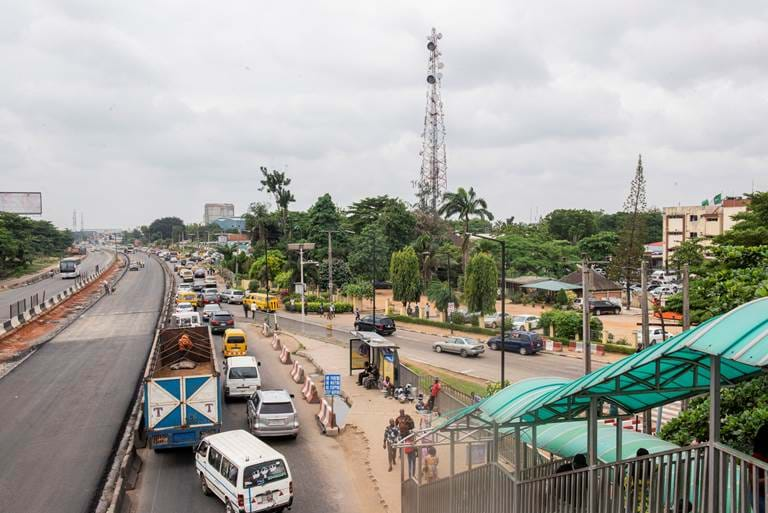
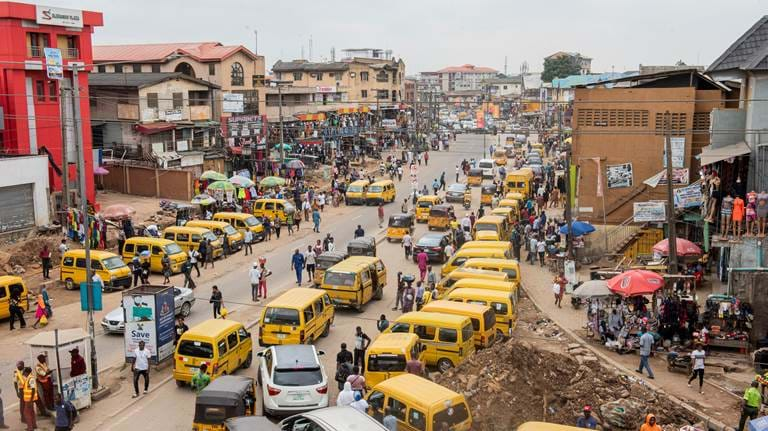
Scientific excellence and innovation
To improve support to humanitarian and development interventions in low- and middle-income countries (LMICs), we have based our methods on robust academic research, much of it developed and published by in-house researchers in high-impact peer reviewed academic journals.
Flowminder researchers were the first to develop, validate and operationalise the use of mobile operator data to monitor population displacement in a humanitarian emergency, and were the first to show that mobile operator data can be used to predict post disaster population movements based on pre-disaster mobile data.
Similarly, our researchers pioneered the use of mobile operator data to respond to a large-scale infectious disease outbreak and show that mobile data can be used to predict the spatial spread of an infectious disease. Flowminder has published a number of advances in the use and integration of satellite and traditional data sources to improve our understanding and use of data on population distributions, characteristics and dynamics in LMICs.
Through a large number of projects, Flowminder has operationalised, and made freely available, these method advances to support decision-making in low- and middle-income countries:
Read our reports & publications
Discover our project reports and analyses, or scientific and academic publications
Discover FlowGeek
Discover FlowGeek, our knowledge centre on CDR data analytics.
Privacy & governance
Our work is governed by a fully EU GDPR compliant approach to data use. For mobile operator data, we ensure that the data stay with the mobile network operators, behind their firewall, to be processed within their own internal secure systems.
Any outputs that may be shared with external parties for analysis purposes are fully anonymised and aggregated, guaranteeing that the privacy of all individuals is maintained.
Setting up mobile data initiatives
Our work relies on partnerships and collaborations with mobile network operators and regulators across the world to set up secure data pipelines or data sharing agreements. To find out more about how we set up mobile data initiatives and our different models, visit our Mobile Data Partnerships page:
